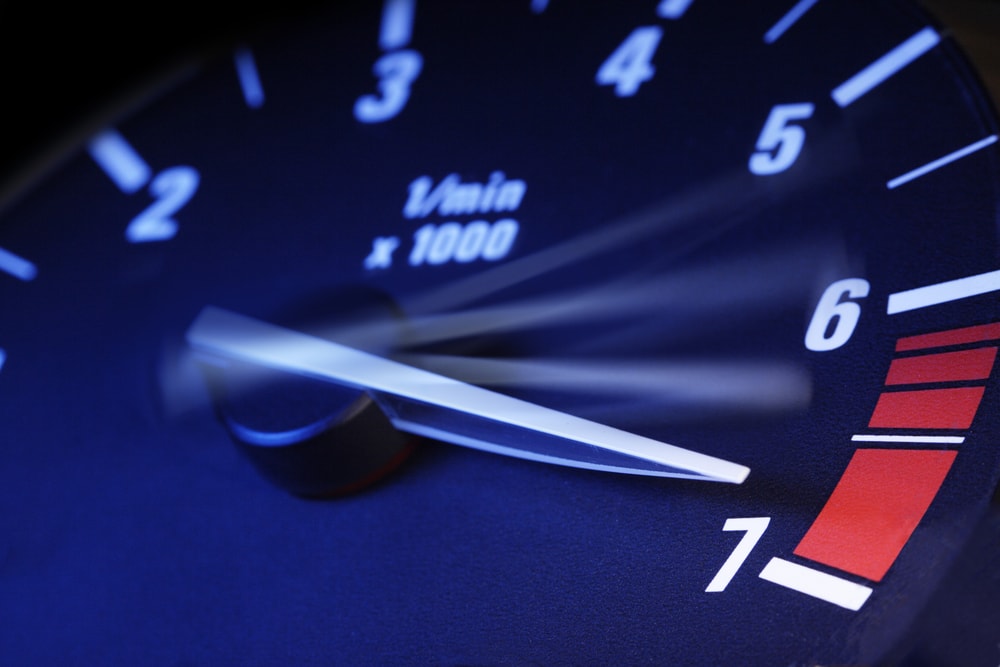Opening the Keys of Tachometers: Every Little Thing You Need to Understand About This Important Instrument in Your Vehicle
Recognizing the details of tachometers can give useful insights into your vehicle's efficiency and upkeep requirements. From measuring engine rate to understanding the data it presents, tachometers act as a critical tool for car proprietors and lovers alike. By deciphering the mysteries behind this crucial tool, you can unlock a wide range of info that can enhance your driving experience and make certain the durability of your vehicle.
Relevance of Tachometers
The relevance of tachometers hinges on their capacity to offer crucial real-time information about an engine's rotational rate, permitting specific tracking and maintenance of equipment. By measuring the changes per minute (RPM) of an engine's crankshaft, tachometers use valuable understandings into the engine's efficiency - tachometer. This data is necessary for guaranteeing that the engine runs within its optimal variety, avoiding prospective damages from over-revving or underperforming
Tachometers play a crucial duty in assisting drivers and specialists identify any abnormalities in the engine's rate, which could suggest concerns such as fuel inadequacy, mechanical problems, or extreme stress on the engine. By without delay identifying these issues with tachometer readings, upkeep can be done proactively, stopping expensive repairs and downtime in the future.
In addition, tachometers are especially essential in high-performance automobiles and equipment, where specific control over engine speed is necessary for ideal operation. Competing autos, airplane, and commercial equipment rely on tachometers to provide peak performance while preserving safety and security criteria. In significance, tachometers are not simply tools for gauging rate but essential tools for guaranteeing the smooth and effective operation of engines across various applications.
How Tachometers Step Engine Speed
Using sensors that identify the regularity of electrical pulses created by the engine's ignition system, tachometers precisely measure the rotational speed of an engine. By keeping track of the price at which these pulses are gotten, tachometers provide real-time responses on exactly how fast the engine's crankshaft is revolving per minute, generally described as revolutions per min (RPM)
The tachometer's sensor, usually linked to the engine's ignition coil or spark plug cables, grabs the electric signals produced each time a cylinder fires. These signals are after that exchanged RPM readings presented on the gauge or tool cluster within the motorist's view. Tachometers can be analog or digital, with modern-day automobiles generally featuring electronic displays for exact and instantaneous RPM analyses.
This details is important for drivers to comprehend the engine's efficiency, prevent over-revving, enhance equipment shifting, and make sure reliable fuel intake. By accurately determining engine rate, tachometers play a vital role in assisting vehicle my site drivers operate their automobiles securely and efficiently.
Analyzing Tachometer Readings
Having a clear understanding of just how tachometers determine engine speed sets the structure for successfully translating the RPM readings displayed. Interpreting tachometer readings is crucial for optimum lorry efficiency and engine health and wellness. When the engine is idling, the tachometer needle generally relaxes around 600-1000 RPM, depending on the automobile.


Tips for Using Tachometers Properly
To improve driving efficiency and enhance engine performance, what secret strategies can be applied for efficiently making use of tachometers? Tachometers are important devices that offer real-time responses on engine speed, allowing vehicle drivers to make educated choices for better performance - tachometer. Below are some pointers for click now using tachometers efficiently:
Recognizing Optimal RPM Array: Familiarize yourself with the optimal RPM (Transformations Per Min) variety for your lorry. This range varies in between different cars and trucks and is usually suggested in the proprietor's guidebook. Keeping the engine within this variety can enhance gas performance and prolong the engine's life expectancy.
Shifting Gears at the Right Time: Use the tachometer to identify the finest time to move equipments. Upshifting prematurely or also late can cause lowered performance and efficiency. Aim to shift gears when the RPM gets to the optimum array for the following equipment.
Monitoring Engine Stress: High RPMs for prolonged durations can stress the engine. Watch on the tachometer to stop over-revving, particularly during acceleration or when lugging hefty lots.
Tachometers and Automobile Maintenance
When taking into consideration car upkeep, tachometers play a vital role in keeping an eye on engine performance and identifying prospective concerns. Tachometers offer vital information on engine speed, enabling drivers and auto mechanics to ensure that view publisher site the engine is operating within the advised RPM range.
Along with detecting prospective concerns, tachometers can also help in maximizing fuel effectiveness. By maintaining the engine rate within the optimal variety, vehicle drivers can improve their gas mileage and decrease gas intake. This not only benefits the motorist's wallet but likewise adds to ecological conservation by reducing dangerous exhausts.
Conclusion
